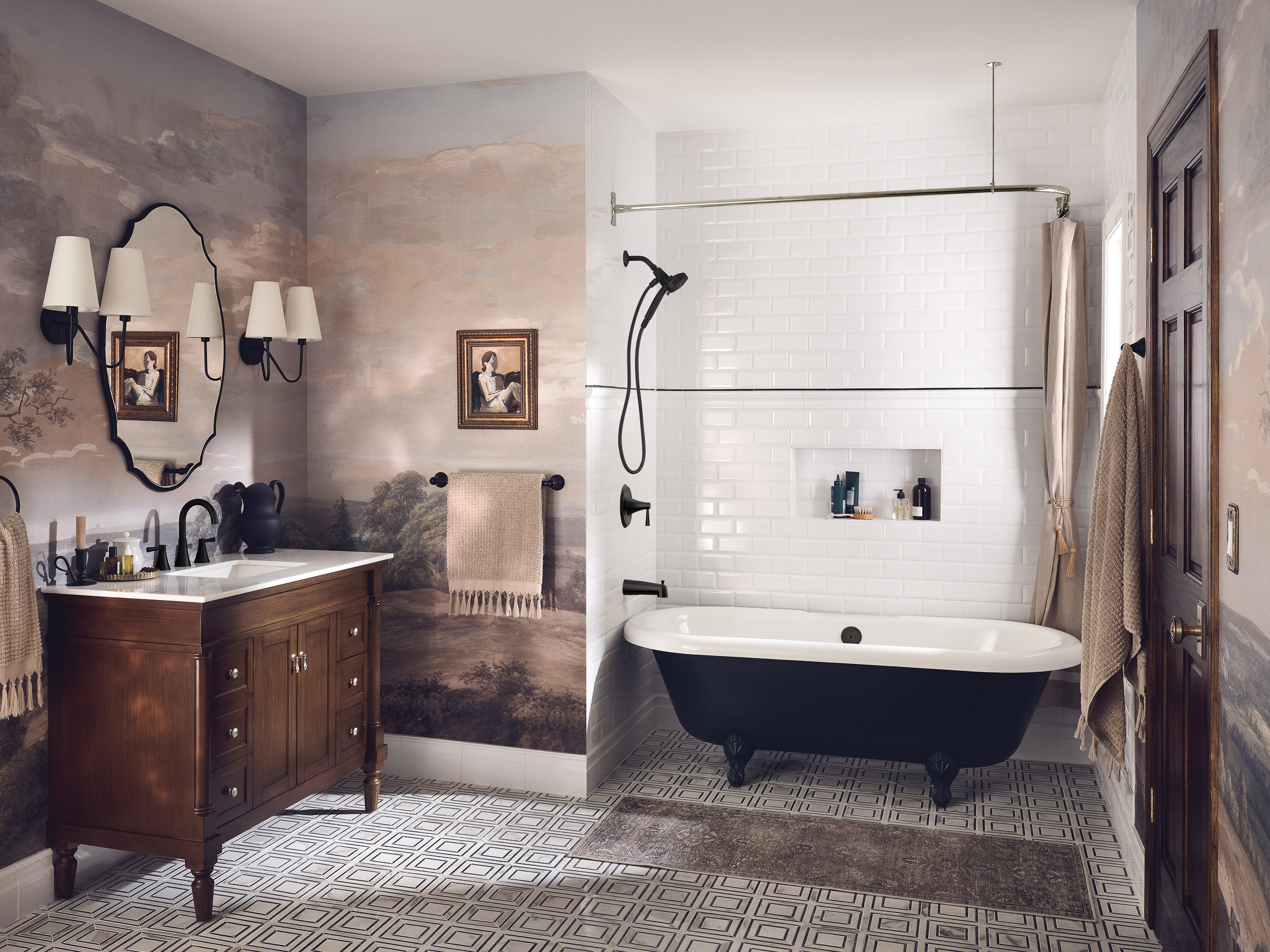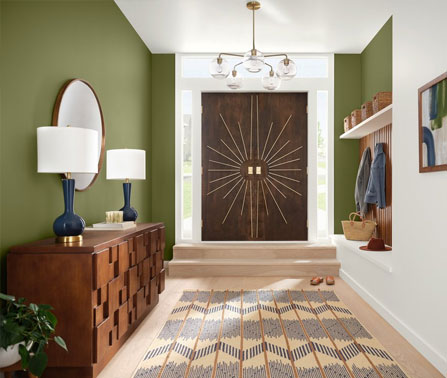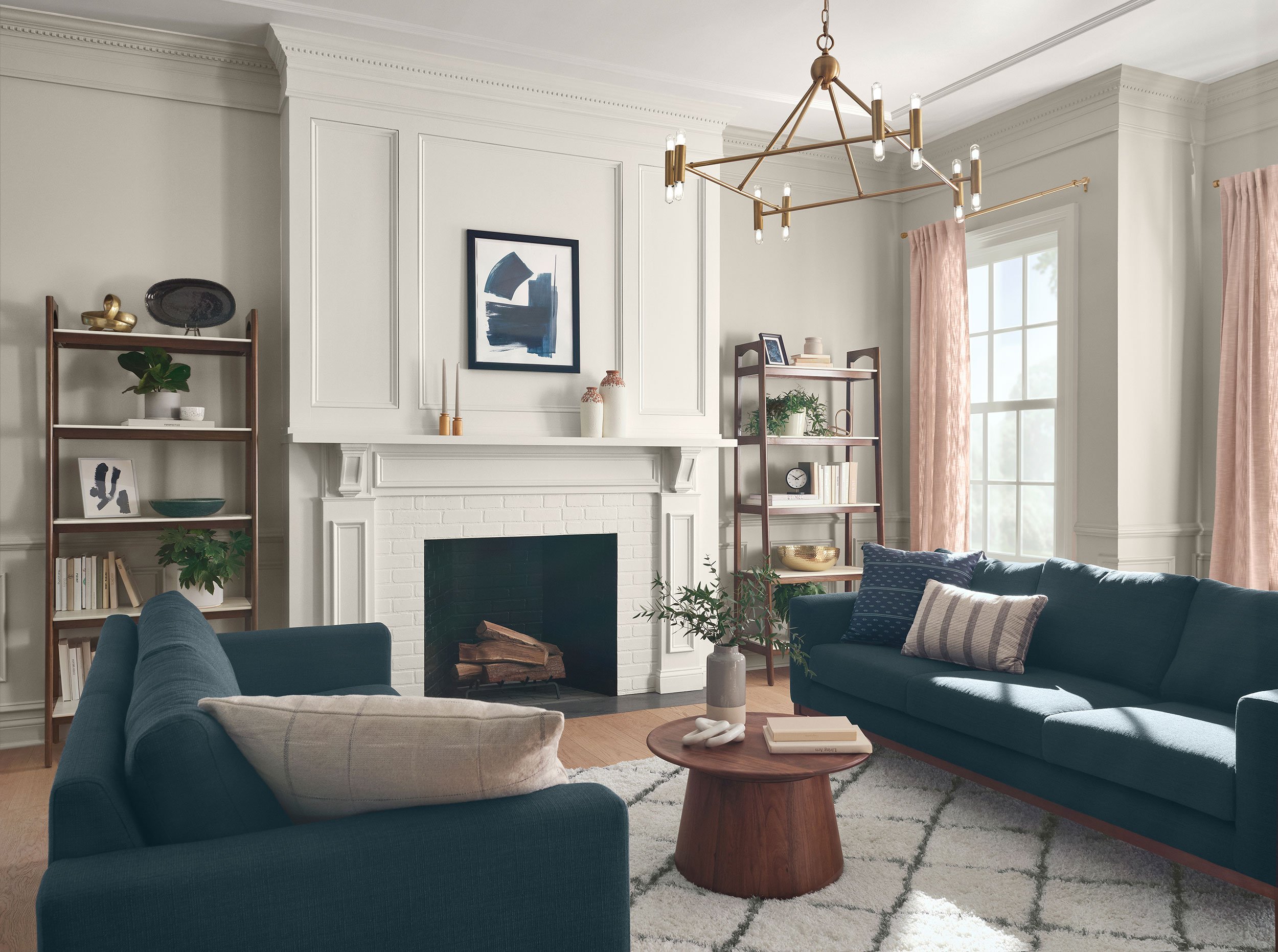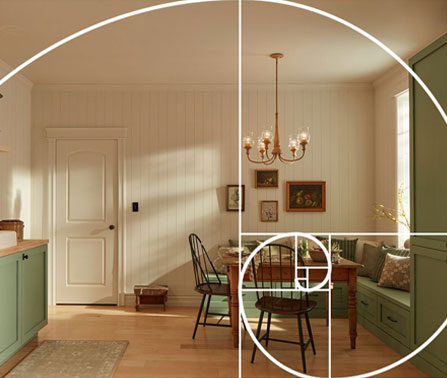If a picture is worth a thousand words, a collection of images can certainly tell a complex story. People have communicated through images ever since cavemen realized they could scratch symbols of what was trying to eat them into walls. Fast forward to today and art directors are still telling stories through images, it’s just that these stories are less about impending doom and more about capturing a mood and the design elements to convey the finished look of a project.
The mood board has been a go-to design tool for decades, allowing art directors, advertisers, and other creatives to piece together an entire story in a series of visuals – but how does someone take some initial ideas and turn them into a cohesive vision? It’s time to break down what separates a good mood board from a boring collage.
What is a Mood Board (and Why Does It Matter?)
At heart, a mood board is a collection of images, colors, and other visuals that are meant to capture a specific vibe – or, you guessed it, a mood. While some people will try and draw inspiration from these displays, art directors are trying to translate someone else’s vision into a collective display.
When it comes to content creation, art directors create mood boards to present clients with a visual display that encompasses the overall aesthetic for their project. If that sounds like a lot, it is! The reason for creating a mood board is to put the client’s thoughts and a studio’s internal logistics all together in one place. That process takes plenty of work and a whole lot of creativity to succeed.

What Does It Take to Create a Mood Board?
Whether a client has a strong grasp on their vision or needs more creative direction, art directors need to gather plenty of information to capture the desired aesthetic for a project. Let’s pretend you need new visual assets for your brand. We need to know everything about your project – your customers, your goal, etc. These details will help us understand who we’re trying to reach with our content and how to make our message connect.
We also need to pick your brain about your vision and budget. This process can range from working to enhance your existing creative ideas or starting from scratch if you need more artistic direction. This is your story, so the art director gathers as much detail as possible to piece together an ideal aesthetic for the project.
At this point, the art director’s brain gets to work. While we’d love to show you the inner workings of an art director’s brain – we bet it’s pretty wild in there! – this is the stage where a mood board goes from a collection of ideas into something shareable. The art director will take their thoughts, ideas, and creative magic to create a visual collage of all the various elements of a room, including:
- Architectural features
- Surfaces and material swatches
- Paint colors with swatches
- Furniture ideas and comparable samples
- Prop ideas and comparable samples
- Drawings or renderings of the set
- Inspirational photos
In the end, all these elements work together to create a comprehensive, cohesive mood board. The final presentation should display a clear visual direction, share all the details required to make a room, and include important details like the planned set changes and time restrictions.
Of course, there’s also another notable step in this process – the revisions. There are typically two rounds of revisions before the mood board is finalized. The first round allows clients to call out any props, materials, or other elements that may not suit their vision and highlight which parts they absolutely love. We’ll make changes based on that feedback and come back for round two to iron out any minor tweaks to get the board just right. At that point it’s up to the client – if they like it, it’s time to execute on those ideas.
How Long Does It Take to Create a Mood Board?
It depends! One project can be so different than another, so the answer can vary depending on a variety of factors. Each mood board will take a minimum of 10 hours per set and can grow from there.
If the client has a clear vision, an achievable timeline, and an appropriate budget, about a third of these hours will be dedicated to the logistical needs of the room. The other two-thirds of that time can then be focused on finding the best fit for materials, props, and the overall aesthetic of the room. Making a mood board isn’t a solo adventure, either. Art directors, producers, set directors, set designers, and the occasional photographer will all provide input into the board to make sure it’s just right for the project.
Do you need someone to capture your vision? Our styling and design team can help you create the perfect look and feel for your brand’s next project. Contact us today to have TRG bring your brand’s photo, video, and CGI assets to life.



